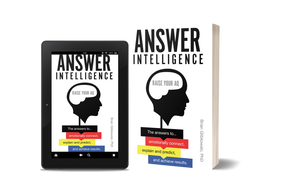|
Note: this list was created on 9/19/21 and is updated with new articles as they are released. Featured AQ Articles
0 Comments
We created a list of all AQ podcasts, webinars, and other recorded events that feature Dr. Glibkowski talking about Answer Intelligence (AQ)™.
Recorded EventsPodcasts
This is a sample of AQ podcasts.
Previously Live Events
The Power of Answers: How to Raise your Answer Intelligence (AQ)
Dion Leadership Webinar
LinkedIn Live with Mohamed Sharaf Eldin
Answer Intelligence for Leaders - with Dr. Brian Glibkowski
LinkedIn Live with Chris White
Answer Intelligence for Sales - with Dr. Brian Glibkowski TEDxGeorgiaTech
AQ was introduced to the world at TEDxGeorgiaTech.
"Answer Intelligence: Raise Your AQ" Book Launch
Developing Answers that Generate Trust and Win More Deals: w/ Dr. Brian Glibkowski (Author)7/19/2021 As sellers we are often provided with discovery guides and taught about the key questions to ask our prospects, but do we have a guide and coaching on how to provide the best answers, especially responses enabling us to build trust, so important with today's skeptical buyer? In this interview with Dr. Brian Glibkowski, author of the book Answer Intelligence: Raise Your AQ discuss six methods to Answer questions, in order to influence your deals from "Do Nothing" to "Yes". The foundation of High AQ is the ability to provide six answers (High AQ Practice 1). My AQ is a series of articles that feature business executives that provide six answers to important topics and questions. Jim Naro is a Predictive Index Partner and Business Partner of Customer Centric Selling. Jim cares about his clients. So often caring is an empty-phrase. Not for Jim. He has six answers to demonstrate he cares for his clients. Each answer by itself relates to a specific question. If you take all the answers together, it is the cumulative and reinforcing aspect of the answers that communicate authenticity. WHAT is caring?
WHY is caring important?
HOW do I care?
WHAT is caring?
Concept
Metaphor
Concept
Metaphor
WHY is caring important?
Theory
Story
Theory
Story
HOW do I care?
Procedure
Action
Procedure
Action
Being a Leader in the past was so much easier. All you had to do was say “do what I say, or you know where the door is?” You may have worked for a manager who even said those words. Fortunately, today’s workplace is a little more collaborative and consensual where employees are given an opportunity to ask questions when they are being asked to do something new or change the way they work. For all the good this approach brings in terms of employees engagement and buy-in to the organization, it puts a lot of extra pressure on the Manager. In fact, most leadership training focuses on the importance of a manager asking great questions and using models such as GROW coaching. However, there is a little training to help Leaders know how to answer in a way that increases buy-in to what is being asked and results in behavioural change. In this podcast, you will hear about
In this episode on SALESwithASLAN, we welcome author and professor Dr. Brian Glibkowski, an expert on question intelligence. His new book called “Answer Intelligence: Raise your AQ”, addresses the academic and psychological side of questions and answers that is sure to bring insight to all those who sell for a living. You will learn from years of research.
Why use In-house leaders as trainers?With no stop in sight, a trend is to use In-house leaders as trainers. For example, Merck & Boeing regularly use leaders as trainers (see endnote 1). Merck partners leaders as trainers with academic faculty to co-teach classes, and Boeing vice presidents teach 2+ leadership classes a year. Teaching the classes is part of the performance evaluation for vice presidents. There are several benefits of using leaders as trainers:
Preparing leaders to become trainers is challengingAccording to to the Association for Talent Development (atd) (see endnote 2), it takes 38 hours on average to develop 1 hour of face-to-face training. The time burden increases in the online environment to 42 hours for passive instruction, and over 110 hours for active instruction that use scenarios for role playing. Teaching a course is difficult, made more difficult if a leader does not have experience as a trainer. Leaders (as do-ers) have done it, but they may not be self-aware of how they succeeded in ways that others can follow. Or leaders may mistake training as a forum to just tell stories. These and other challenges confront the leader, who is all too often an inexperienced trainer. To address this inexperience, train the trainer programs are designed to educate leaders on how to be an effective trainer. The list of topics covered in the typical train the trainer program is long:
In summary, transforming leaders into trainers is not easy. A train the trainer program can last days and dozens of hours at a minimum of a leader’s valuable time. Not surprisingly, a common push back is that it takes too long. Use AQ to transform a leader into a trainerIf you are like many organizations that have implemented train the trainer programs to develop leaders into trainers, you know time constraints prevent the course you really want to run the leaders through. Given a premium on leaders’ time, it is important that your train the trainer programs are efficient and effective. To speed up and make the transformation from leader to trainer, try Answer Intelligence (AQ)™ as a learning framework. AQ is a new science of answers (story, metaphor, theory, concept, procedure, action) that fully incorporates questions (what, why, how, where, where, who) to reimagine communication. Put simply, business leaders use questions and answers everyday. The AQ framework codifies an approach toward communicating (and learning) that is fully accepted by leaders. The framework is simple, (everyone has a basic understanding of questions and answers) requiring minimal time to learn. AQ is consistent with well accepted aspects of learning. For example: AQ + knowledge. Training is about providing knowledge. AQ is built upon knowledge. Specifically, how-questions are associated with procedural knowledge that are addressed with procedure and action answers. What-questions are associated with declarative knowledge that are associated with concept and metaphor. Why-questions are associated with structural knowledge (cause-and-effect) associated with theory and story. Appealing to the left-side of the brain, procedure, concept, and theory are associated with objective knowledge (codifiable, exist outside the person). Finally, appealing to the right-side of the brain, action, metaphor, and story are associated with objective knowledge (often referred to as tactic knowledge that cannot be separated from the experiences). In sum, AQ is a theory of knowledge that you can use in your next train the trainer session. For example, you can challenge a leader to distill their theory of “leadership” into a simple cause-and effect diagram. Or encourage leaders as trainers to identify a metaphor to share their experiences into a compact package that others can easily absorb. AQ + skills. Training is about skills. Central to skill development is application and role playing. AQ works very well with role playing exercises. In fact, question and answer exchange is the heart of most role playing. Consider a sales role playing, where a sales leader (as the trainer) can ask “Why should I hire you?” or “How does the service work?” These questions can be answered with AQ. The application of AQ is a learned skill that relates to 5 High AQ Practices. For example, Answer Twice is High AQ practice 2 that holds that an important why, what, or how question should be answered twice to make an emotional connection (right-sided answer: story, metaphor, action) and a logical connection (left-sided answer: theory, concept, procedure). For example, the “How does the service work?” can be answered twice with a procedure and action(s). The procedure is the steps in a process. Actions are associated with any given step, in terms of best practice or unique actions. Using the 5 High AQ practices is a skill. In other words, to Answer Twice requires effective and concise delivery. AQ + Learning Styles. Answer With Style, High AQ Practice 4, holds that every teacher and student has distinct communication styles that impact learning. Specifically, there are three styles: Relational (preference for story + metaphor), Analytical (preference for theory + concept), and Practical (preference for procedure + action). If a trainer knows the style of the students, questions and answers can be anticipated and responded to. Additionally, the teacher should know their own style to amplify strengths and guard against shortcomings. For example, if a teacher has a relational style, a potential gap is avoiding practical or analytical answers needed for learning. (1) E. Betof, L. Owens, and S. Todd, "The Keys to Success in a VUCA World," T+D (July 2014), pp. 38-43. (2) R. Defelice, "How Long to Develop one Hour of Training? Updated for 2017" (January 9, 2018) from www.td.org/insights. If you found Answer Intelligence (AQ)™ an interesting framework, please share this post with others. Also, try our FREE AQ test to gauge your AQ.
Tracy L. Baumann is Director of Marketing at The Brooks Group, an award-winning Top 20 Sales Training Company. This article is part of the High AQ Interview Series where executives, academics, and thought leaders discuss elevated answers. The following interview is edited for clarity. DiSC® and CommunicationDiSC® is a personality framework that identifies four basic personality types:
Dr G: “How do you think DiSC® is related to Answer Intelligence (AQ)™?” Tracy Baumann: “DiSC® provides a personality profile for others that you need to keep in mind when communicating. When you speak with a High-D, you want to keep communication short and to the point… No emojis. In contrast, the High-I wants emojis… they want to use feelings to connect with others. The High-C wants practical and evidenced based information such as charts and graphs.” Dr. G: “In contrast to DiSC®, Answer Intelligence (AQ)™ is a communication framework with implications for traits. Specifically, Answer with Style (High AQ Practice 4) holds that individuals have distinct communication preferences. The practical style is associated with a preference for procedure and action answers to achieve results. The analytical style is associated with a preference for concept and theory answers to explain and predict in a complex world. Finally, the relational style is associated with a preference for story and metaphor answers to emotionally connect. A big difference between AQ and DiSC® is that with AQ, only 1 of the 5 High AQ practices is focused upon traits, and the other 4 High AQ practices are focused upon question-and-answer principles you can apply across personality types. For example, if you are asked “Why should I hire you?”, High AQ practice 1 holds you have six answer types to choose from (concept, theory, story, metaphor, procedure, action) and that either a theory or concept answer is most important.” Tracy Baumann: “I agree. Regardless of the questions being asked, the AQ styles make sense based upon my experience of how individuals prefer to communicate regardless of the specific questions being asked. Then, there also is a recognition that every conversation has unique questions that must be effectively answered by all personality types.” Dr G: “Leaning into the personality core of DiSC®, can you explain how The Brooks Group uses personality as you consult with your sales clients?” Tracy Baumann: “We use DiSC® to hire the right people for the right positions. We use it as a reliable source to narrow down the pool of applicants. Certain personality types fit better for certain roles. For instance, in sales the typical seller is a High-D and High-I (friendly and relationship oriented, but dominant). We rarely hire someone in a sales role at The Brooks Group that is not the established benchmarked DiSC® profile. We have made mistakes in the past hiring the wrong person for a role.” Dr G: “So if you hire on personality traits, how does any given communicator adapt to the unique questions and answers that flow in real time during a conversation? For example, I did a workshop for a sales organization selling enterprise software. In DiSC® terms, you could describe the sales reps as D-I types. In AQ terms, the D-personality related to practical answers (procedure and answers) they would prefer to provide others. The I-personality related to story and metaphors the sales reps like to use to connect to others. The problem, as underlined by the sales director at the workshop, was that many of his reps were being asked “why-questions” by senior executives, and the executives wanted strategy answers (theory in the AQ framework) and the sales reps were missing the mark. Often, they would default to answering the why-question by doing a feature and function dump (procedure and action dump in AQ vernacular). Not responding with the right answer was a big problem.” Tracy Baumann: “When we teach IMPACT Selling, something we do is teach sellers that whatever your style is, you should approach your prospect or client in neutral and adapt to the person you are communicating with. In your example, the executives may have preferred analytical communication [theory and concept] and sellers should go to neutral and communicate with answers the executive buyer prefers. More generally, of course, your point is that personality is not the same thing as communication. Personality frameworks, like DiSC®, and communication frameworks, like Answer intelligence (AQ)™, overlap, but have distinct implications that stem from their vantage points. Applying the AQ lens to other aspects of sales and marketing, I’m reminded of buyer personas. You must have an understanding of the buyer to make sure you are communicating products and services to address their pain points. Our research department regularly examines the current challenges of sales leaders. These challenges could relate to questions and answers the buyer and seller exchange in a conversation. In other words, personas could be mapped to specific questions and answers they provide. Second, buyers are more educated now, and earlier in the sales process—they have more answers. There is more of an emphasis in getting the conversation right, right away, or else you are out as a seller. AQ provides a lens to inform personas.” Dr G: “Your extension of AQ to personas underscores the general point we have been discussing—different frameworks (personas, DiSC®, Answer Intelligence (AQ)™) each hold different assumptions, principles, and practices about the world that inform unique, but partially overlapping, perspectives about the world. Personas and AQ are distinct but can inform each other. In similar terms, DiSC and AQ are distinct, but can inform each other. DiSC® is a personality framework, first and foremost, and a communication framework second.” Implications of AQ (a communication framework) for DiSC® (a personality framework)To close this article, Dr G and Tracy Baumann compiled a short list of communication implications of Answer intelligence (AQ)™ that could inform our understanding of DiSC®. The purpose of this list is not to provide solutions, but simply to suggest how AQ (a new communication framework) can push our understanding of DiSC® (a personality framework). If these AQ implications are wrestled to the ground, the effectiveness of communicating to distinct personalities can be improved. 1. Which question types (why, what, how) are most associated with each DiSC® type (Dominance (D), Influence (i), Steadiness (S), Compliance (C))? 2. Which answer types (theory, concept, story, metaphor, procedure, action) are most associated with each DiSC® type? 3. How are questions and answers sequenced over a conversation depending on the DiSC® profiles of the conversation participants? 4. How do the 5 High AQ practices inform our understanding of communication for each DiSC® profile? This article suggests at least one High AQ Takeaway. High AQ Takeaway: Business frameworks are based upon distinct assumptions. Ultimately, DiSC® is a personality framework with implications for communication. To better understand DiSC®, it can be combined with Answer Intelligence (AQ)™, a communication framework. Effective consultants, coaches, and trainers will use multiple frameworks in combination to meet the needs of their clients. It is important to understand how each framework can inform the other framework, as well as the limitations of any existing framework. If you found Answer Intelligence (AQ)™ an interesting framework, please share this post with others. Also, try our Sales AQ free test to gauge your AQ.
|
Access Octomono Masonry Settings
AuthorDr. Brian Glibkowski is the author of Answer Intelligence: Raise your AQ. Archives
October 2022
Categories
All
|
|
Answer Intelligence (AQ)™ is the ability to provide elevated answers to explain and predict in a complex world, emotionally connect, and achieve results.
|
AQ SoftwareAI is machine thinking. AQ is human thinking (developed based on academic research) in terms of simple questions (why, what, how, when, where, who) and answers (concept, metaphor, theory, story, procedure, action) that elevate human-to-AI and human-to-human communication.
|
Quick Access LinksPraise for AQ
Buy the Book Explore AQ (Free Assessment) AQ 101 Video AQ TEDx Video 5 High AQ Practices AQ Certification Book Launch Videos AQ YouTube Channel Research Contact Us |
Featured |

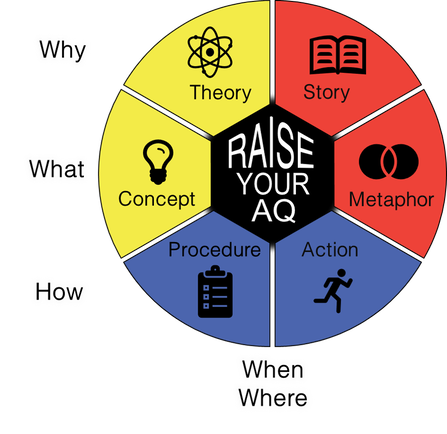

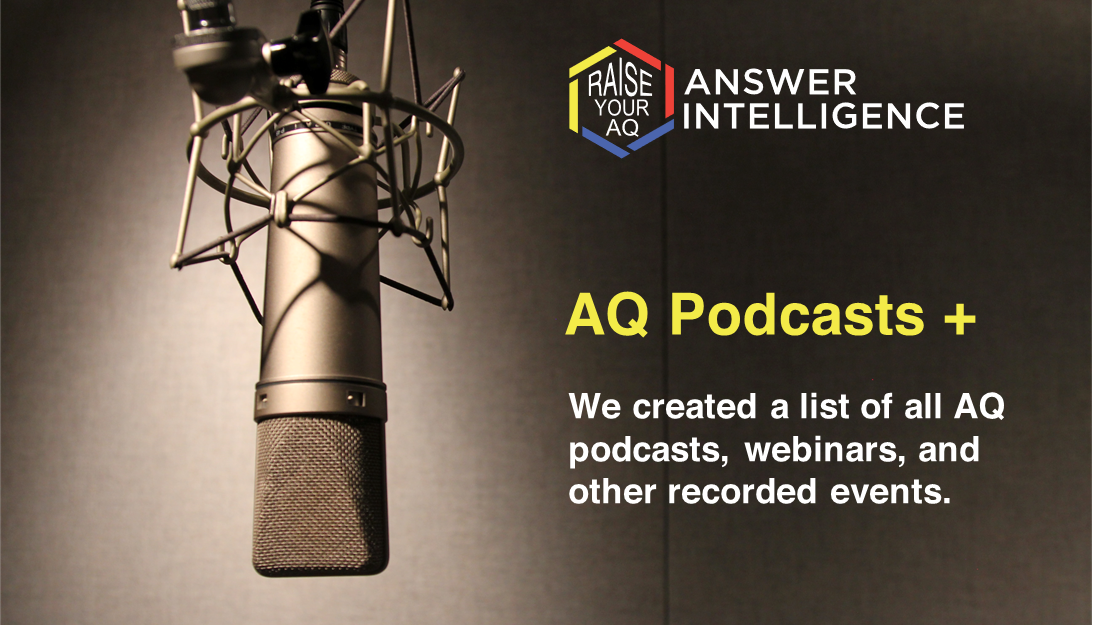
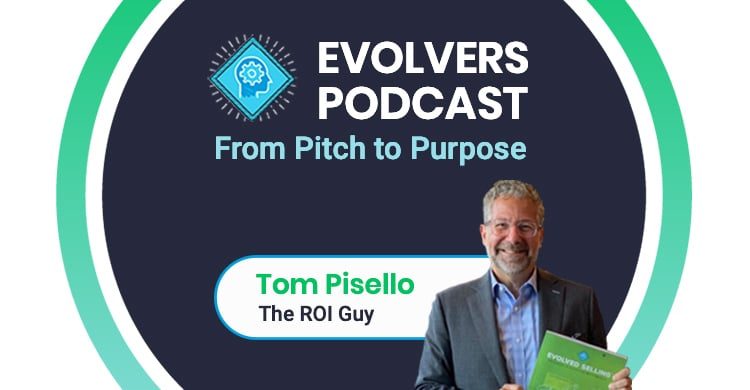
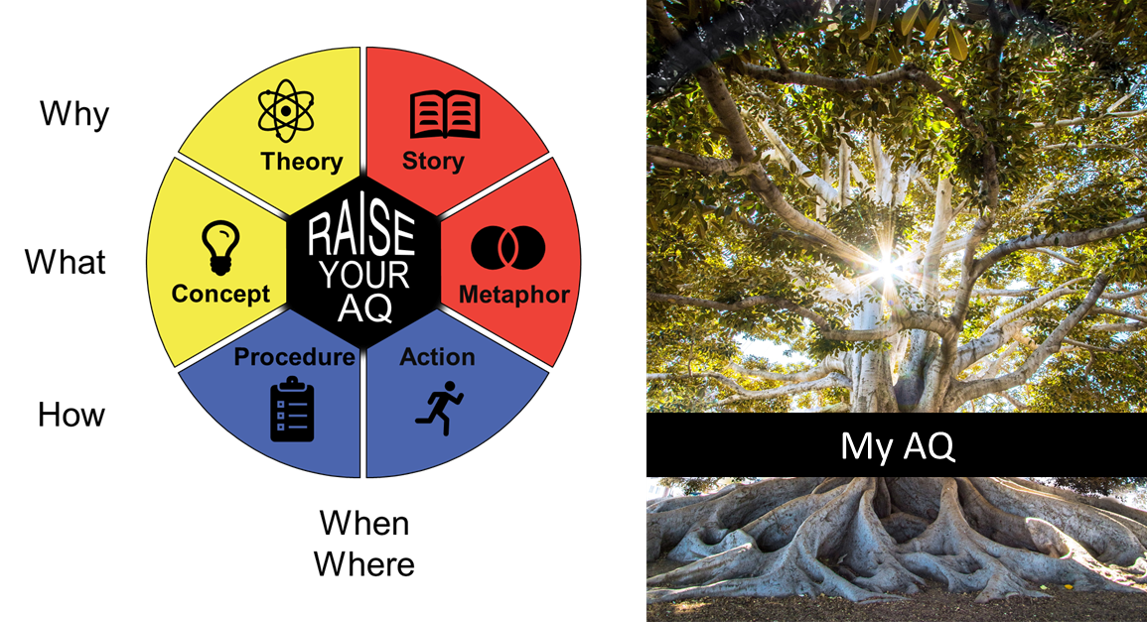
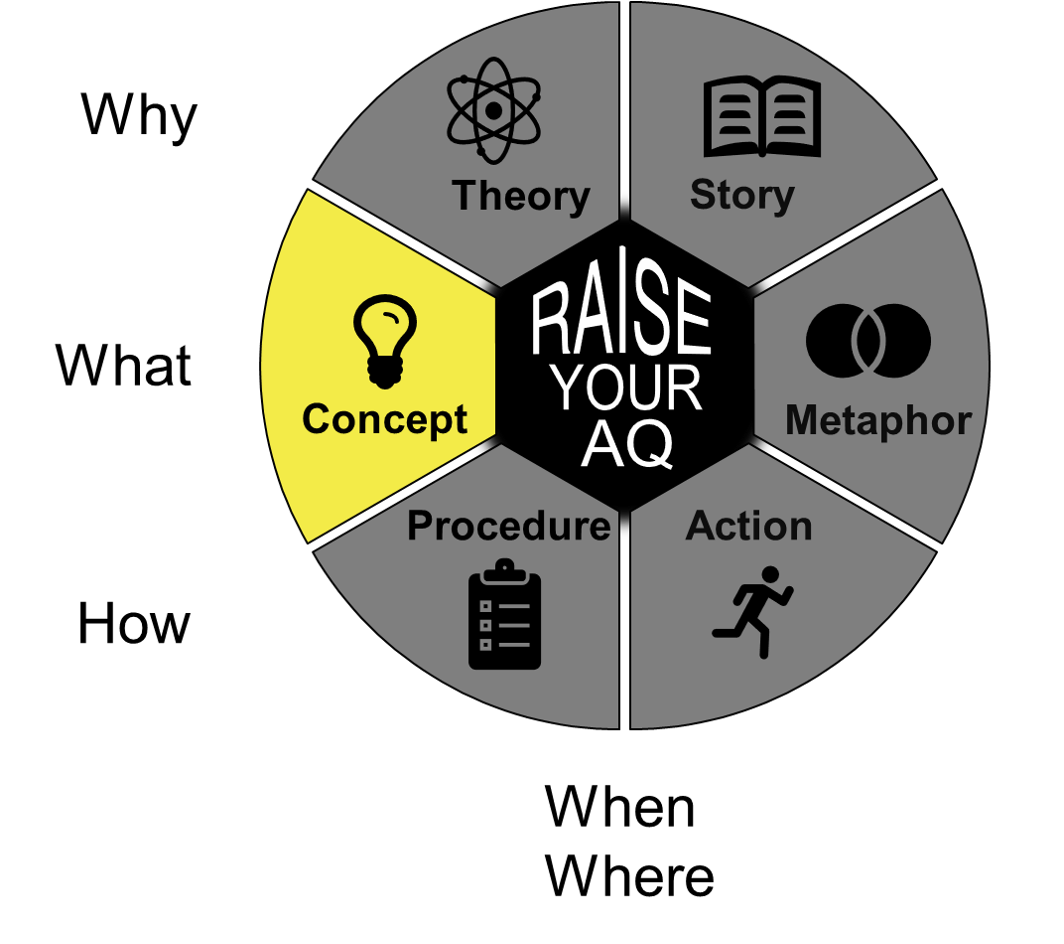
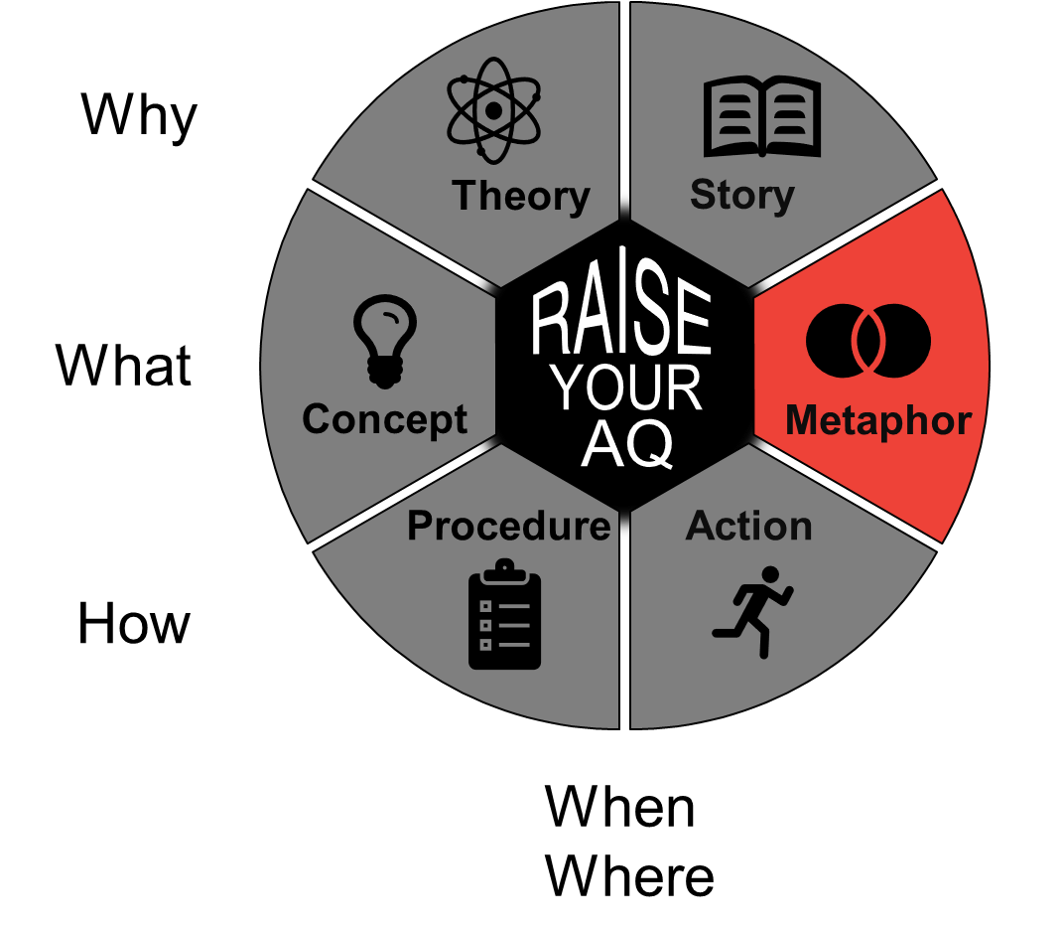
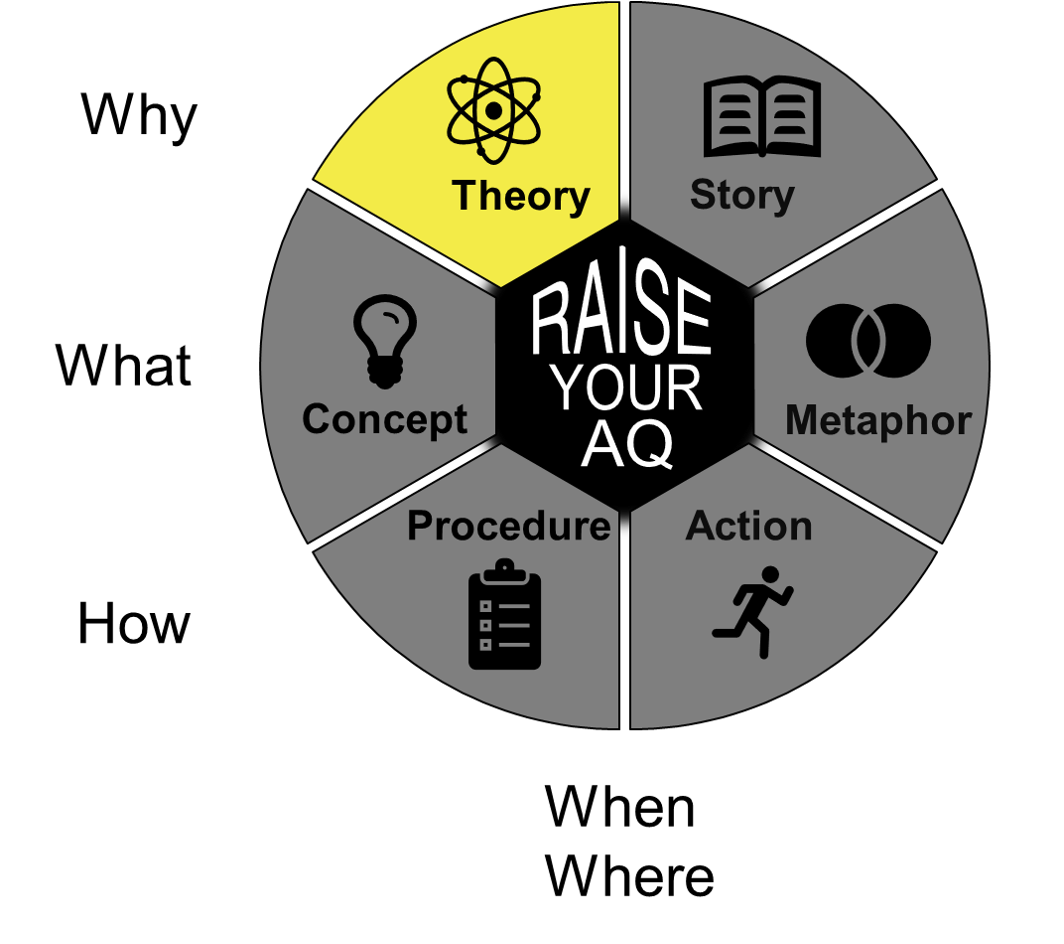
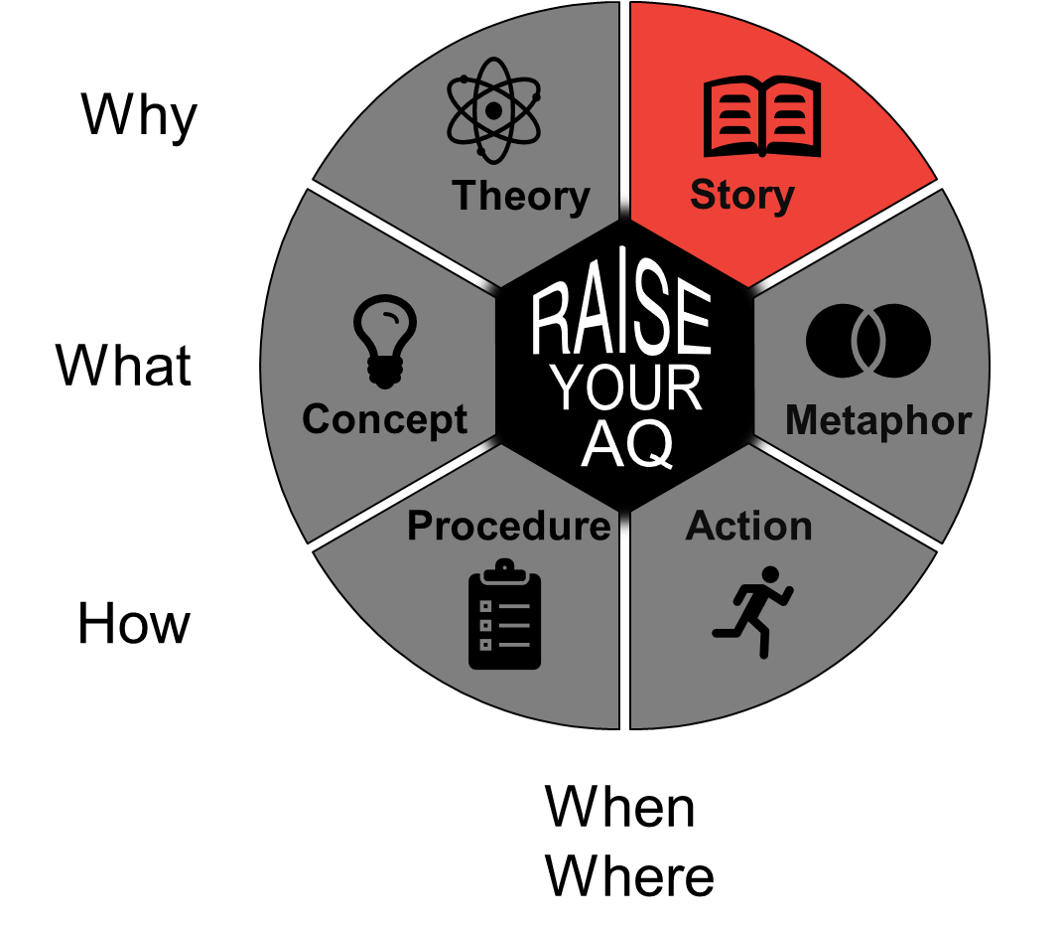
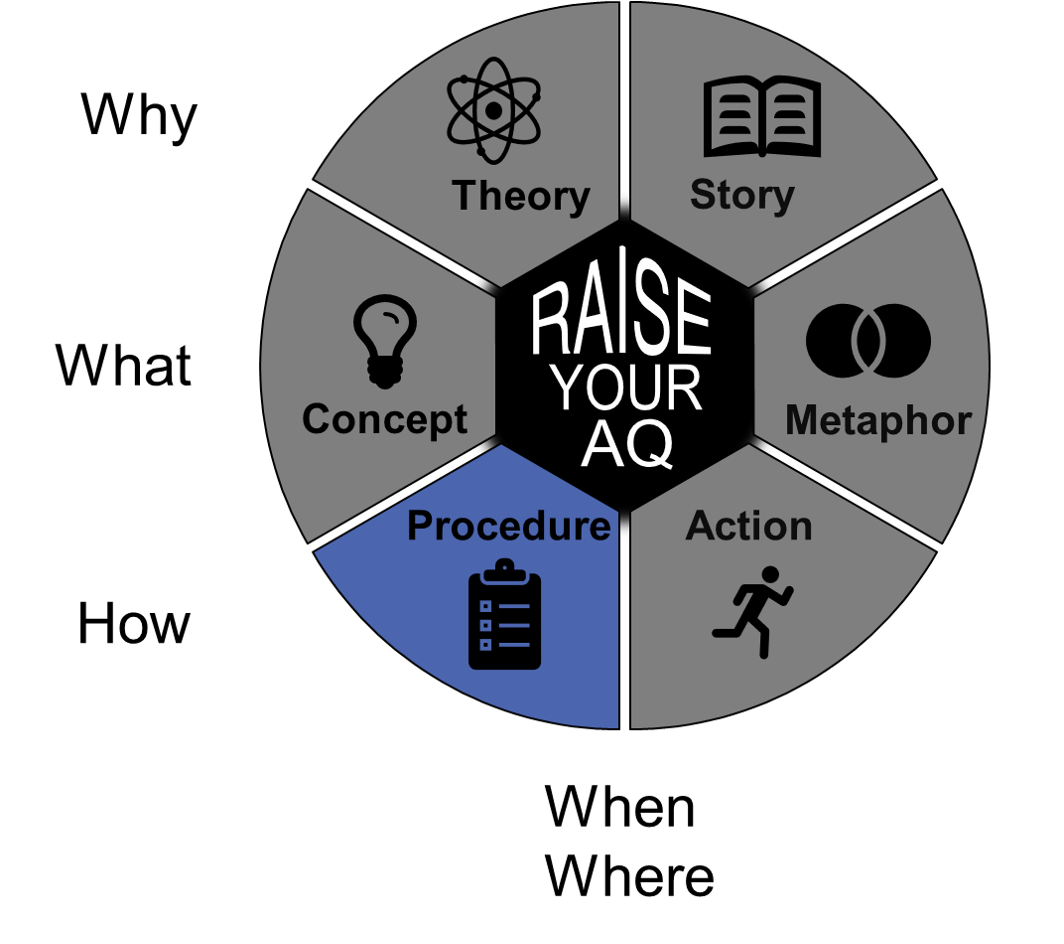
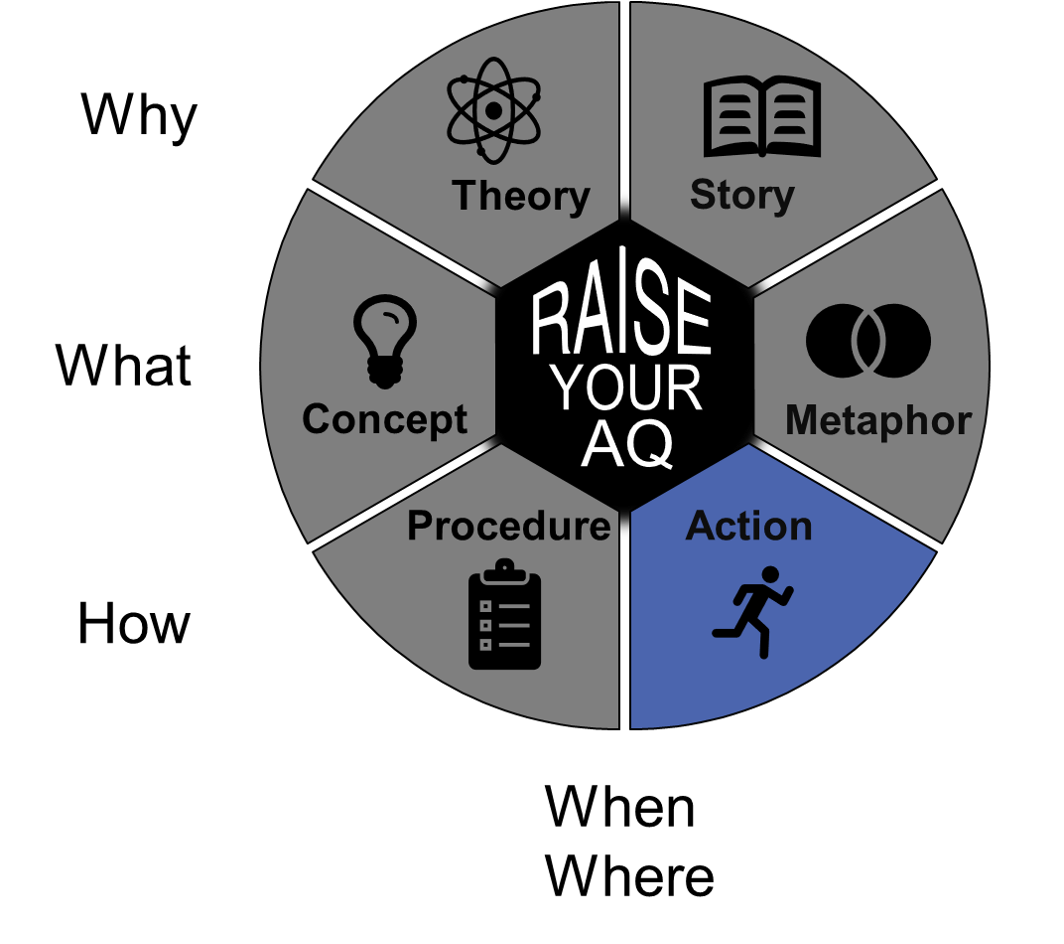
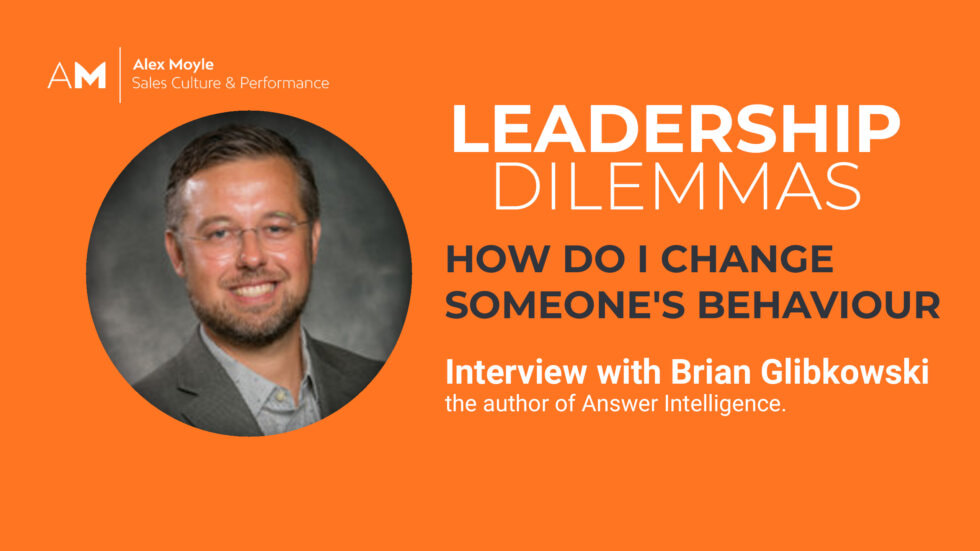

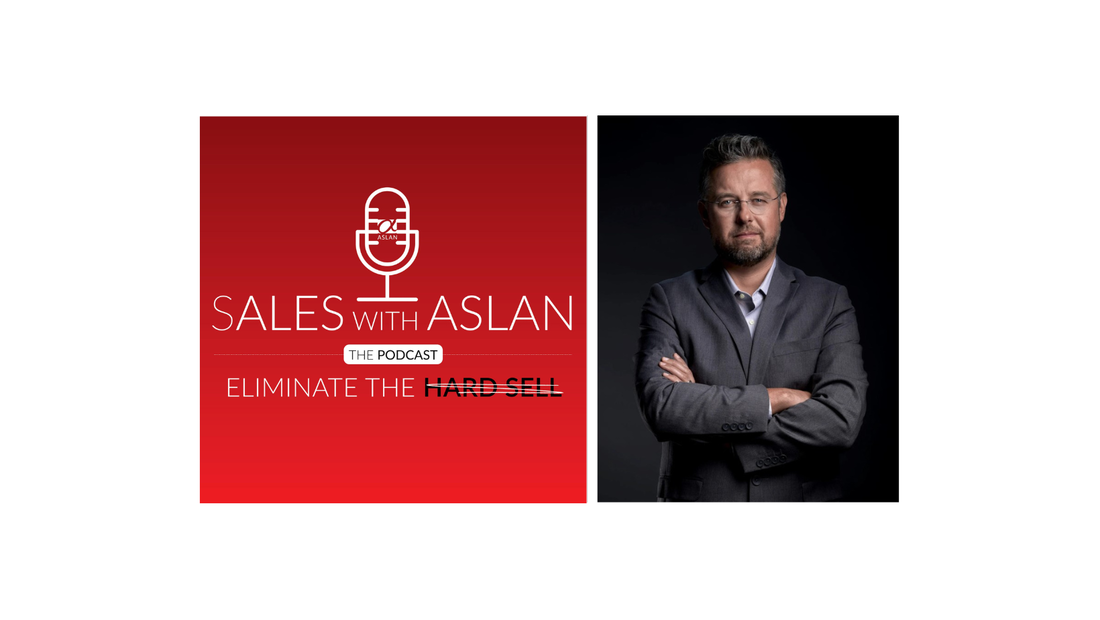
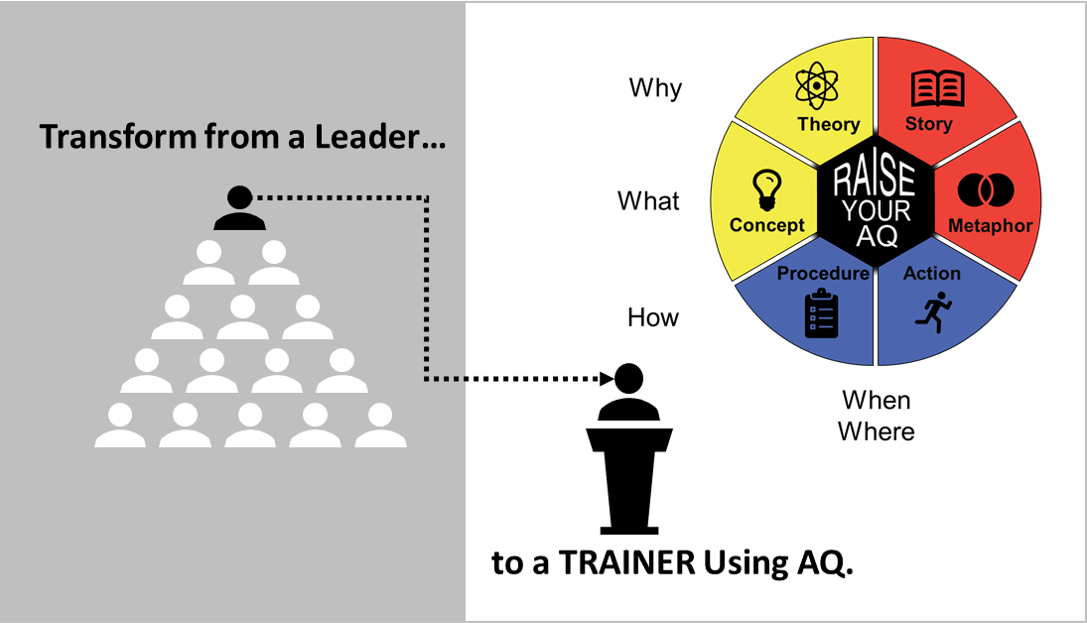
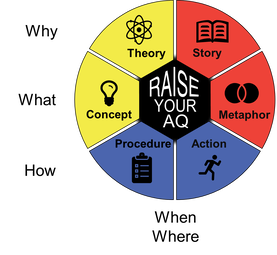
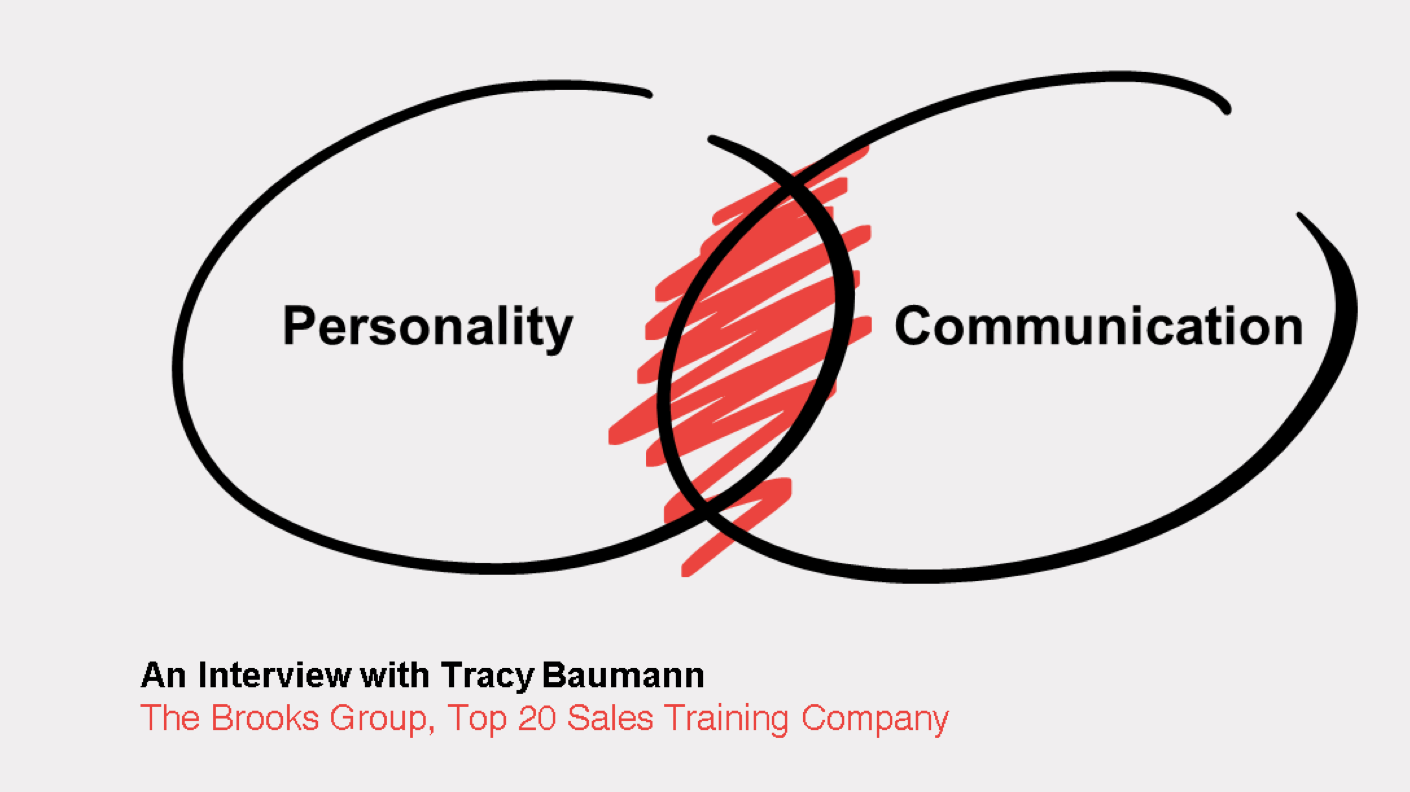
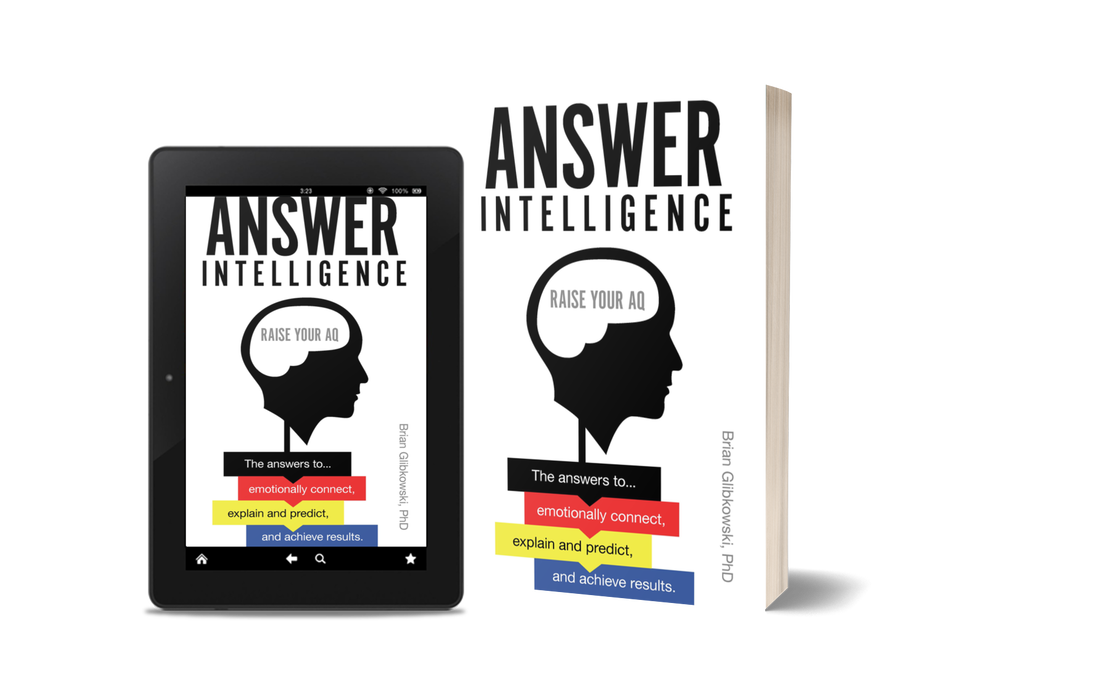
 RSS Feed
RSS Feed
